The Earth is home to a remarkable diversity of life, from the smallest insects to the largest mammals. However, many of these species are facing threats to their survival due to habitat loss, climate change, poaching, and other human activities. In this article, we explore the plight of some of the world’s most endangered mammals, highlighting their unique characteristics, the challenges they face, and the urgent need for conservation efforts to protect them for future generations.
Top 10 Endangered Mammals
1. Sumatran Orangutan (Pongo abelii)

The Sumatran orangutan is one of the three species of orangutans and is found exclusively on the Indonesian island of Sumatra. Known for their distinctive red fur and intelligent behavior, these great apes are critically endangered due to habitat destruction caused by palm oil plantations, logging, and human encroachment. With only an estimated 14,000 individuals remaining in the wild, urgent conservation action is needed to prevent their extinction.
2. Amur Leopard (Panthera pardus orientalis)

The Amur leopard is a subspecies of leopard native to the forests of the Russian Far East and northeastern China. With fewer than 100 individuals remaining in the wild, the Amur leopard is one of the most endangered big cats in the world. Poaching for their fur and habitat loss due to logging and infrastructure development are the primary threats to their survival. Conservation efforts, including anti-poaching measures and habitat protection, are essential to prevent the extinction of this magnificent feline.
3. Javan Rhino (Rhinoceros sondaicus)
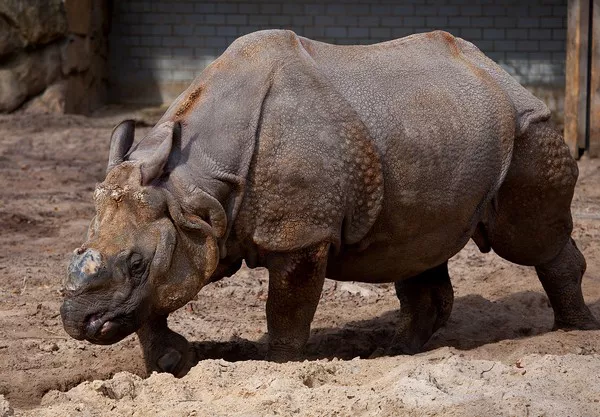
The Javan rhinoceros is one of the rarest large mammals on Earth, with only around 70 individuals remaining in a single population in Ujung Kulon National Park in Indonesia. Poaching for their horns and habitat loss due to agriculture and human settlement have driven this species to the brink of extinction. Efforts to protect their remaining habitat and increase anti-poaching measures are critical to saving the Javan rhinoceros from extinction.
4. Vaquita (Phocoena sinus)
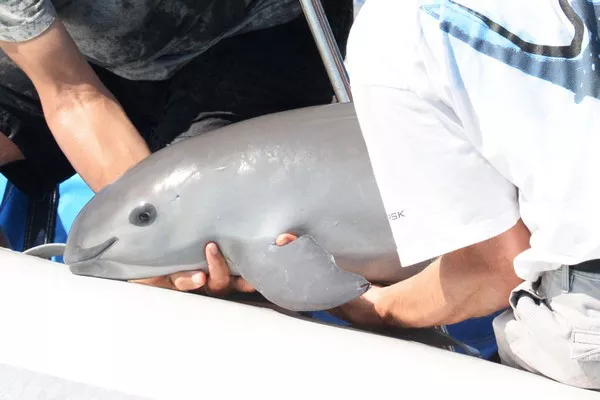
The vaquita is a small porpoise species endemic to the northern Gulf of California in Mexico. With fewer than 10 individuals remaining in the wild, the vaquita is the most endangered marine mammal in the world. Illegal fishing for the endangered totoaba fish, whose swim bladder is highly valued in traditional Chinese medicine, is the primary threat to the vaquita’s survival. Urgent action is needed to eliminate illegal fishing activities and protect the vaquita’s remaining habitat.
5. Cross River Gorilla (Gorilla gorilla diehli)
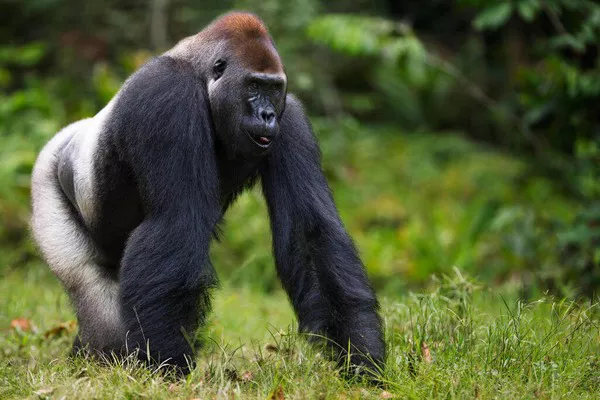
The Cross River gorilla is a subspecies of the western gorilla found in the forests of Nigeria and Cameroon. With only around 300 individuals remaining in the wild, the Cross River gorilla is critically endangered due to habitat loss, poaching, and human-wildlife conflict. Conservation efforts, including habitat protection, community engagement, and anti-poaching measures, are essential to save this unique primate from extinction.
6. Saola (Pseudoryx nghetinhensis)
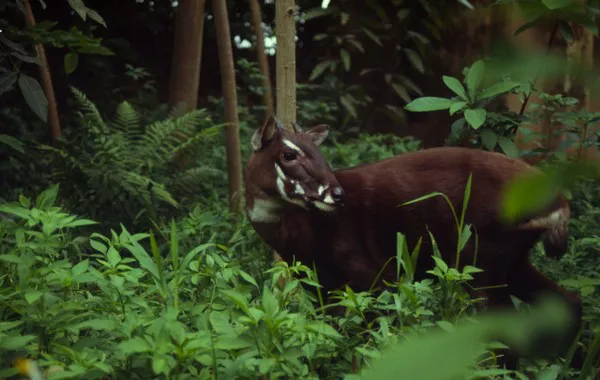
The saola, also known as the Asian unicorn, is a critically endangered bovine species found in the Annamite Range of Vietnam and Laos. With fewer than 100 individuals remaining in the wild, the saola is one of the rarest large mammals on Earth. Habitat loss, hunting, and snaring for the illegal wildlife trade are the primary threats to the saola’s survival. Conservation efforts, including habitat protection and community-based conservation initiatives, are crucial to prevent the extinction of this elusive species.
7. Mountain Gorilla (Gorilla beringei beringei)
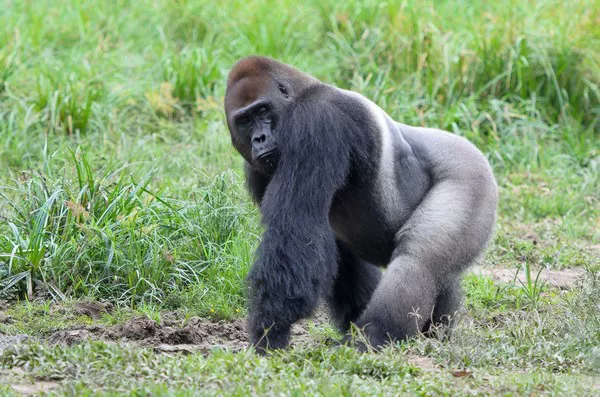
The mountain gorilla is a subspecies of the eastern gorilla found in the mountain forests of Central Africa. With around 1,000 individuals remaining in the wild, the mountain gorilla is classified as endangered due to habitat loss, poaching, and human-wildlife conflict. Conservation efforts, including habitat protection, anti-poaching patrols, and community-based conservation initiatives, have helped stabilize mountain gorilla populations in recent years. However, continued efforts are needed to ensure their long-term survival.
8. Yangtze Finless Porpoise (Neophocaena asiaeorientalis)
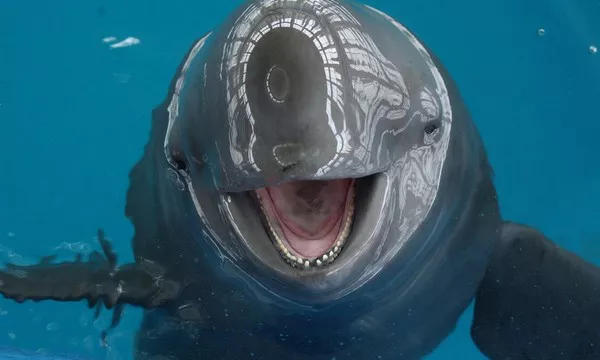
The Yangtze finless porpoise is a freshwater porpoise species endemic to the Yangtze River and its tributaries in China. With only around 1,000 individuals remaining in the wild, the Yangtze finless porpoise is critically endangered due to habitat loss, pollution, and overfishing. Conservation efforts, including habitat restoration, pollution control, and captive breeding programs, are essential to prevent the extinction of this unique cetacean species.
9. Philippine Tarsier (Carlito syrichta)
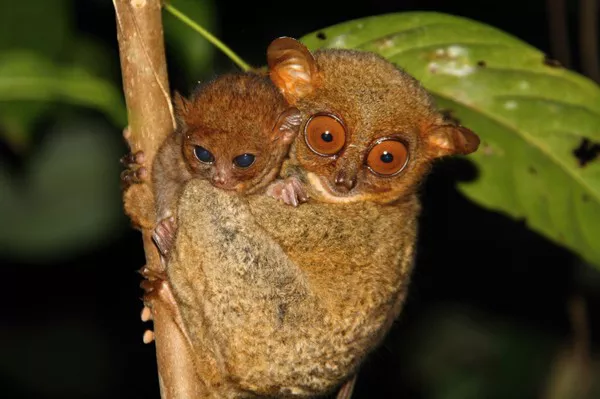
The Philippine tarsier is a small primate species endemic to the Philippines. With habitat loss and fragmentation as the primary threats, the Philippine tarsier is classified as vulnerable to extinction. Conservation efforts, including habitat protection and community-based conservation initiatives, are crucial to prevent the further decline of this unique primate species.
10. Iberian Lynx (Lynx pardinus)
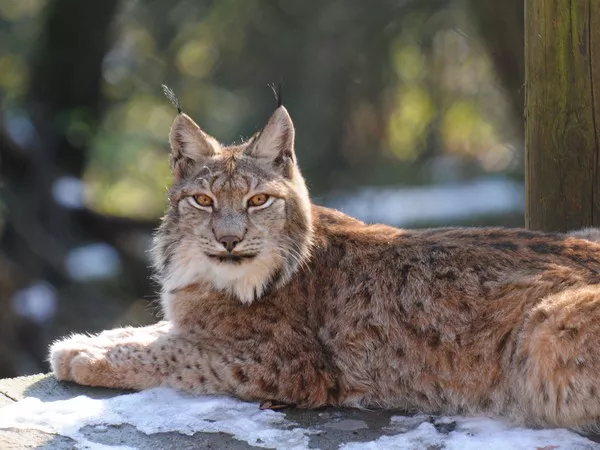
The Iberian lynx is a critically endangered felid species native to the Iberian Peninsula in Spain and Portugal. With habitat loss, poaching, and declining prey populations as the primary threats, the Iberian lynx is on the brink of extinction. Conservation efforts, including habitat restoration, prey reintroduction, and captive breeding programs, are essential to prevent the extinction of this iconic carnivore.
Conclusion
The plight of endangered mammals highlights the urgent need for conservation efforts to protect these remarkable species and their habitats. From great apes to marine mammals, each of these endangered species plays a crucial role in maintaining ecosystem balance and preserving biodiversity. By raising awareness, implementing conservation measures, and supporting community-based initiatives, we can work together to ensure a future where these magnificent mammals thrive in the wild.
You Might Be Interested In:
























